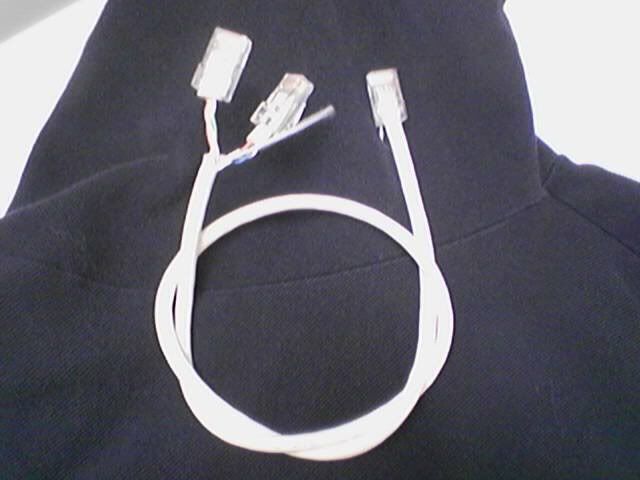Intrinsic0ne
New member
Where do these people get these answers?
Where do these people get these answers?
My friend,
First thing. All 8 conductor utp cable can be terminated 568a or 568b no matter cat3 cat5 cat5e cat6 or systemmax 400% head room solutions.
You must however purchase a cat6 quality jack on both ends. If you terminate a cat 6 cable onto a cat 5 jack you just downgraded the cable to cat 5.
The installation is the most important. If you sell a customer a cat 6 solution and you don't know what open ys or open eyes are then you are probably on your way to degrading the cable via poor installation habits. Cat 5e is very forgiving since its perfomance can be achieved even with poor installation practises. Be prepared to test the cat6 cable with a 15000 dollar fluke tester when the customer wants to see the results also. Watch your bend radius, dont use wire lube, don't let cable kink (messaging back doesnt help) Make sure you understand cable. I recommend the systemax website for cable information.
I hope this helps.
Where do these people get these answers?
My friend,
First thing. All 8 conductor utp cable can be terminated 568a or 568b no matter cat3 cat5 cat5e cat6 or systemmax 400% head room solutions.
You must however purchase a cat6 quality jack on both ends. If you terminate a cat 6 cable onto a cat 5 jack you just downgraded the cable to cat 5.
The installation is the most important. If you sell a customer a cat 6 solution and you don't know what open ys or open eyes are then you are probably on your way to degrading the cable via poor installation habits. Cat 5e is very forgiving since its perfomance can be achieved even with poor installation practises. Be prepared to test the cat6 cable with a 15000 dollar fluke tester when the customer wants to see the results also. Watch your bend radius, dont use wire lube, don't let cable kink (messaging back doesnt help) Make sure you understand cable. I recommend the systemax website for cable information.
I hope this helps.


